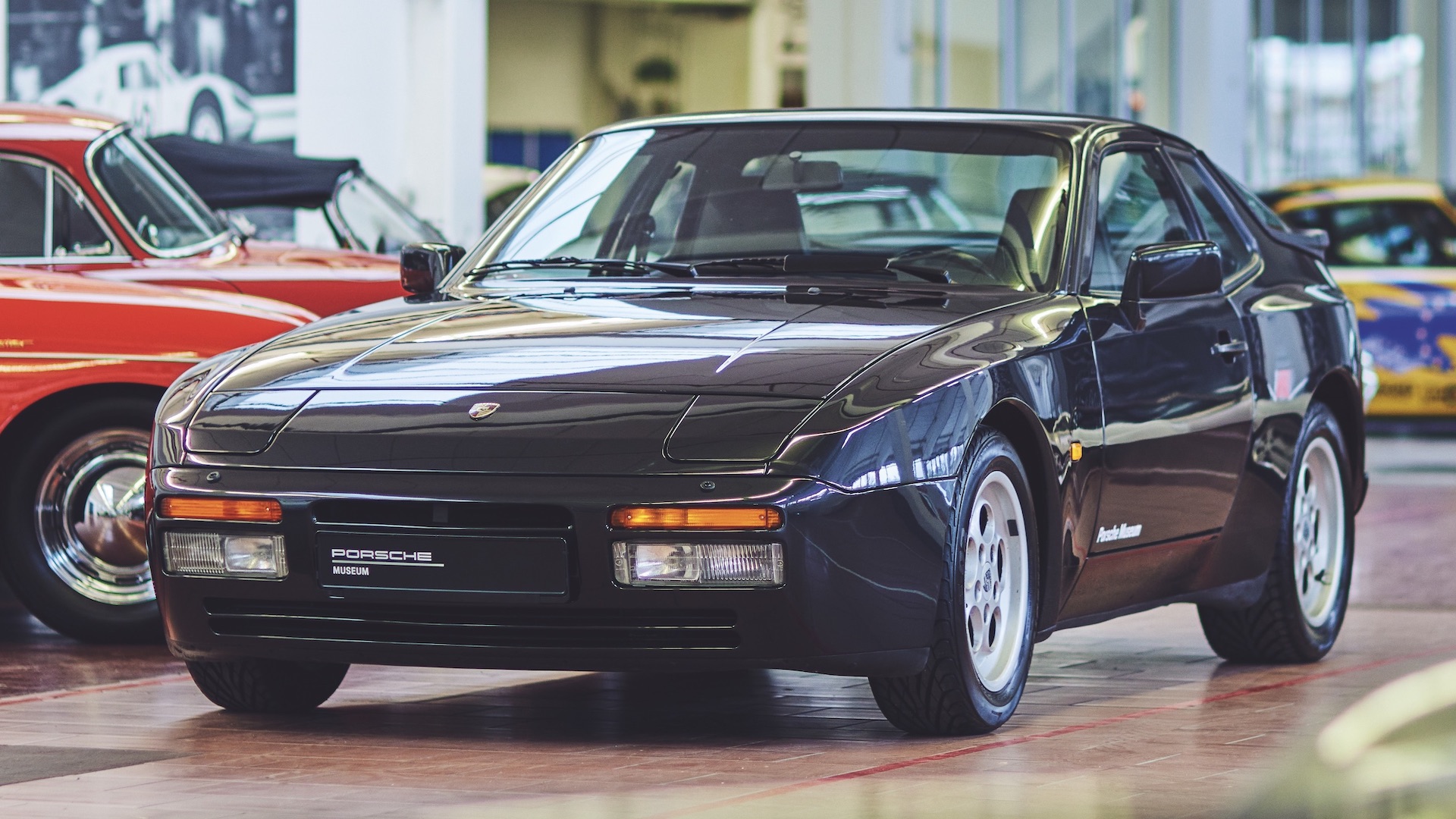

Porsche’s dual-clutch automatic transmission, PDK, is standard in every top-performing model. But every legend has its beginning, and the PDK began its journey testing in one of Porsche’s humblest models: The 944.
Though it first reached a road car in 2008, PDK was conceived decades prior, at the end of the 1960s. It was originally the idea of Imre Szofridt, a Hungarian inventor employed by Porsche. He pitched the idea to Ferdinand Piëch, then head of development, before developing a pneumatically shifted prototype. It didn’t go anywhere and ended up in storage, where it was rediscovered in the early ‘80s by Rainer Wüst.

Wüst was a veteran transmission test engineer who was assigned to develop the dual-clutch concept further. He and a team re-rigged the prototypes to work hydraulically, as controller electronics capable of operating the system didn’t exist back then.
“We got the Szodfridt transmission from storage and worked with pneumatic valves, which we converted to work hydraulically,” said Wüst. “It was complicated pioneering work from the ground up, but the result already had pre-series status.”
“The idea was to combine the best of two worlds—the advantages in the degree of efficiency of a manual transmission and the potential for performance of full automation, which still had many weaknesses at the time. It was a huge challenge for a small department such as ours. Maybe it was naivety that helped us, but certainly our pragmatism in dealing with the challenges did—as well as our passion for this subject.”
Porsche then tested Wüst’s prototype by fitting it to a 944 Turbo. As paddle shifters only came into the equation down the road, the transmission was operated like a sequential manual: Pushing the knob forward shifted up a gear, and pulling it kicked down. Porsche didn’t disclose how much performance the 944 gained from the pioneering transmission, but the quicker shifts may have taken a good chunk out of the 944’s zero-to-60 time.


Because Porsche’s head of development Helmuth Bott insisted on testing new technologies in motorsports, the concept was adapted to the 956 race car. The rest, as they say, is history. PDK has powered Porsches to innumerable race victories, and in 2008, the system finally appeared in the 911 as an option before spreading across Porsche’s lineup. Of all the projects Wüst has worked on, PDK is the most influential and the one that makes him the proudest—even though he’s now the head of chassis development.
“A lot of what you work on ends up in the bin,” Wüst said. “But this is here to stay, I can feel it. This makes me proud. When I see a car with PDK on the road today, I know: a piece of me is inside that. And this is a wonderful development.”
And it’s not just Porsches Wüst can see his work in: Other makes have since borrowed the dual-clutch concept for their own performance cars. Imitation is the sincerest form of flattery, so Wüst must feel smug regardless every time he sees a supercar pass, knowing that its maker had to copy his homework.
Got a tip or question for the author? You can reach them here: james@thedrive.com